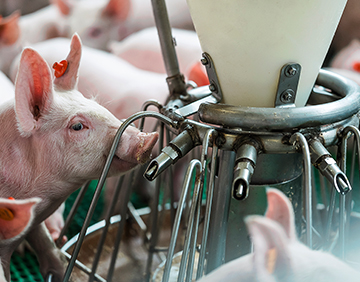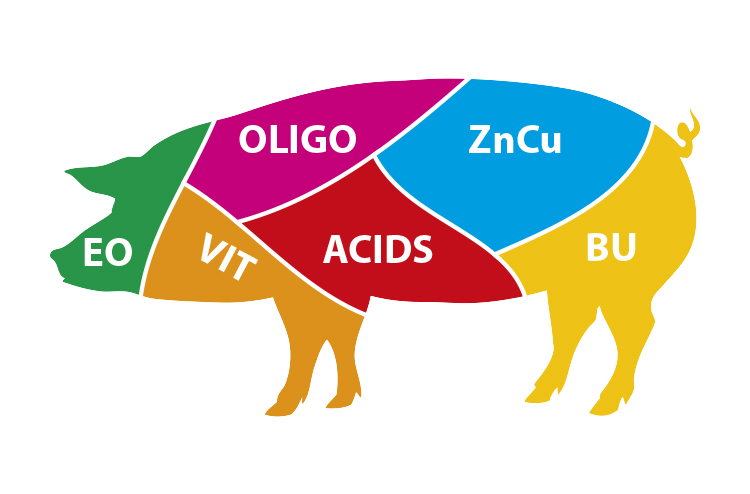
The fastest way a pathogen can spread disease in a farm and affect the majority of your flock is through the drinking water! Contaminated drinking water can weigh heavily on the immune system of animals and will cause distress and disease due to the constant exposure to this high infection rate. Bacteria such as Salmonella or E coli can be carried easily to the animal (pig/poultry/dairy/hatchery) house and each drinking nipple where they eventually are consumed. Implementing a solid hygiene plan on a pig/poultry/diary/hatchery farm through management, cleaning and disinfection could well be all in vain when drinking water was forgotten or not even included in your hygiene plan.
The biggest problems occur when the drinking line contains a biofilm. Within this biofilm harmful pathogens are protected and can multiply. The more mineral deposit such as iron, manganese, calcium etc. present due to hard water for example, the easier it is for organic matter including bacteria to attach itself to the inside edge of the drinking water line.
Acidifying the drinking water can help to improve the quality of the ‘forgotten nutrient’. It not only increases the quality of the drinking water by lowering the bacterial load but it also can result in improved performance of the animals.
When applying a product which has one single organic acid ingredient in drinking water, the pH decreases very quickly and if the dosage is too high, the pH can lower too much, leading to a negative result (lower water intake with decreased performance). Therefore choosing a product which has a synergistic formulation of multiple organic acids is more favorable.
These organic acids have a superior buffering effect which makes the pH decrease slowly, has a greater antibacterial effect, is more paleteable (tasteful) and is less corrosive compared with a single acid.


